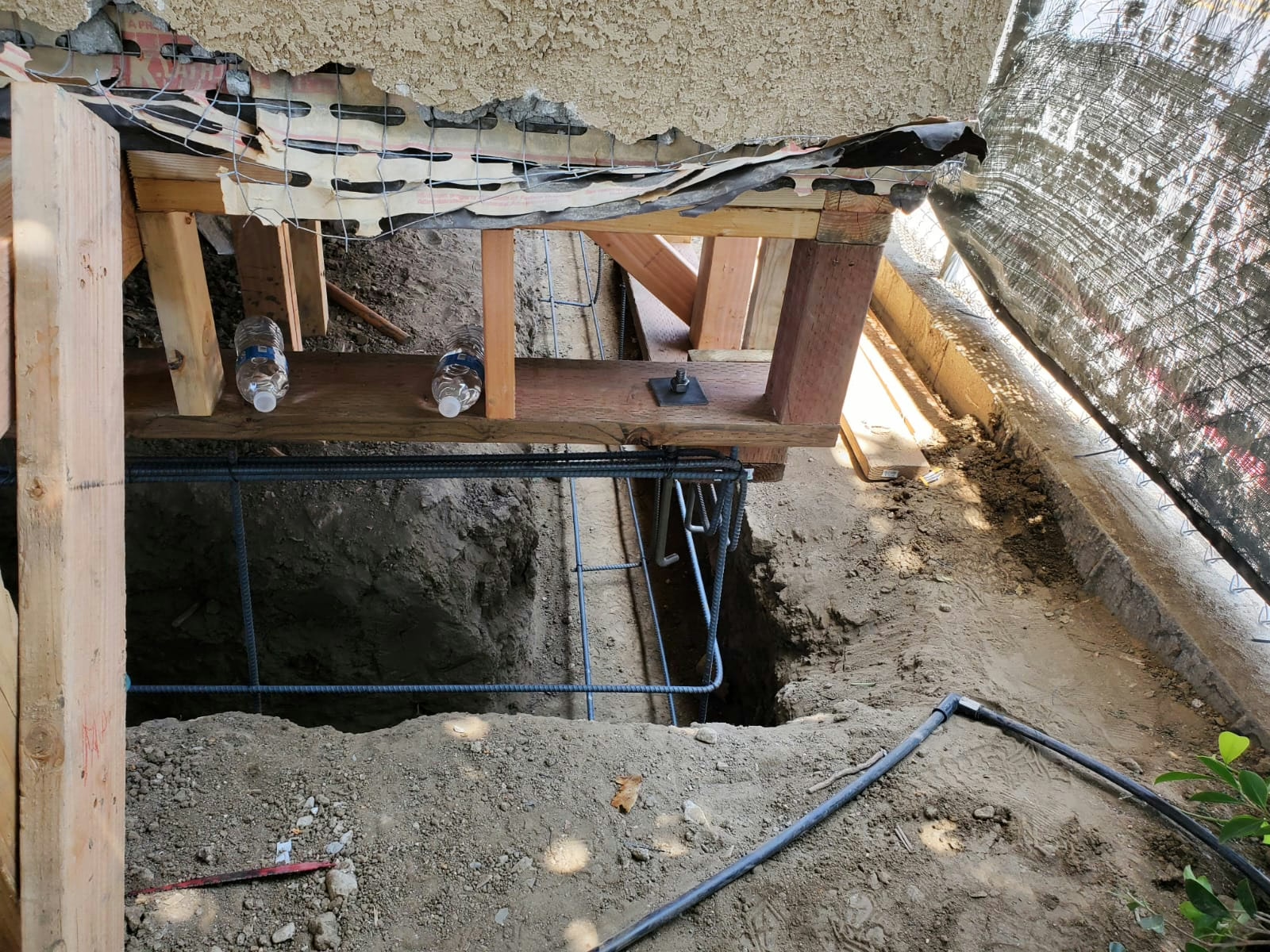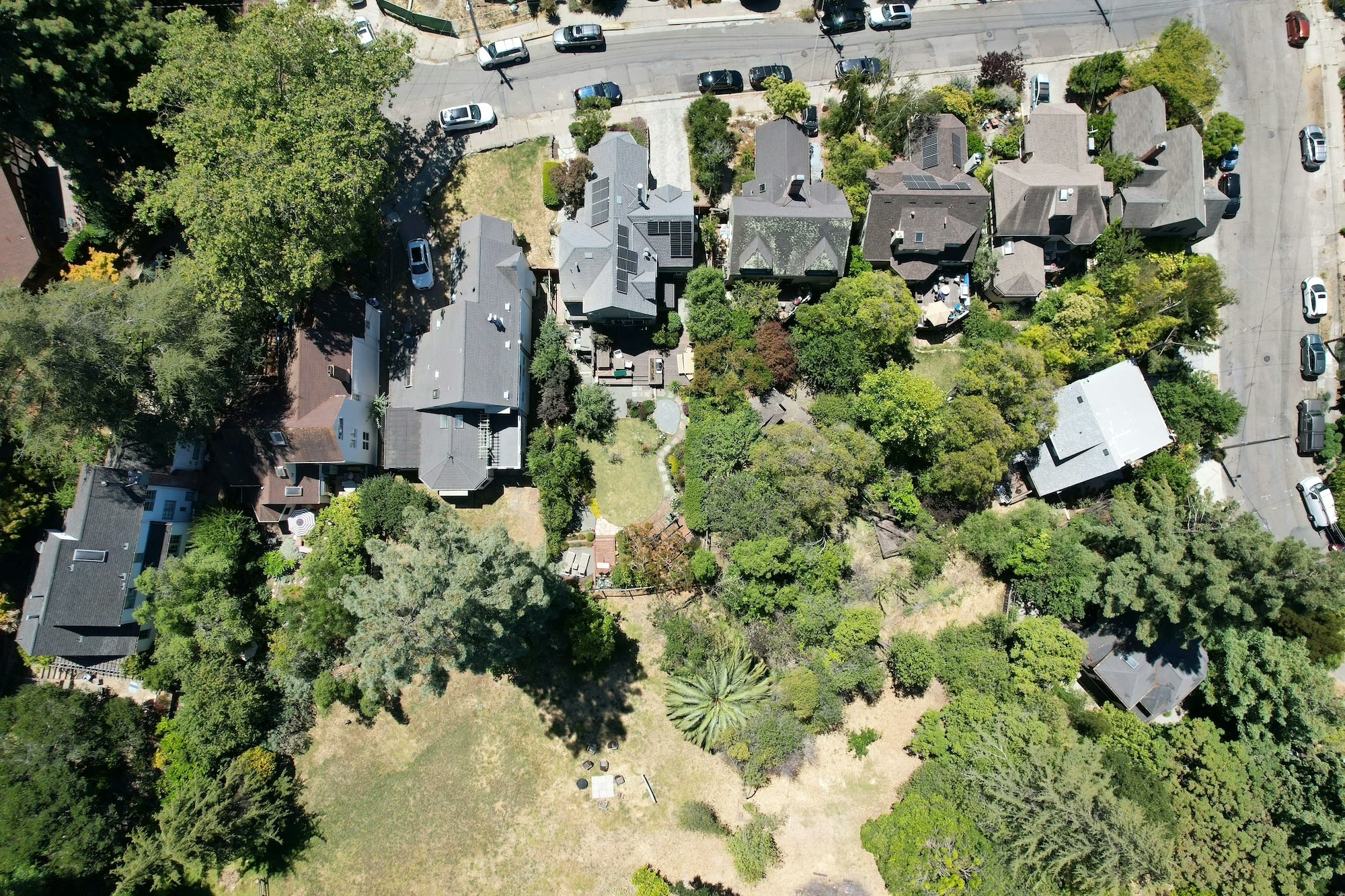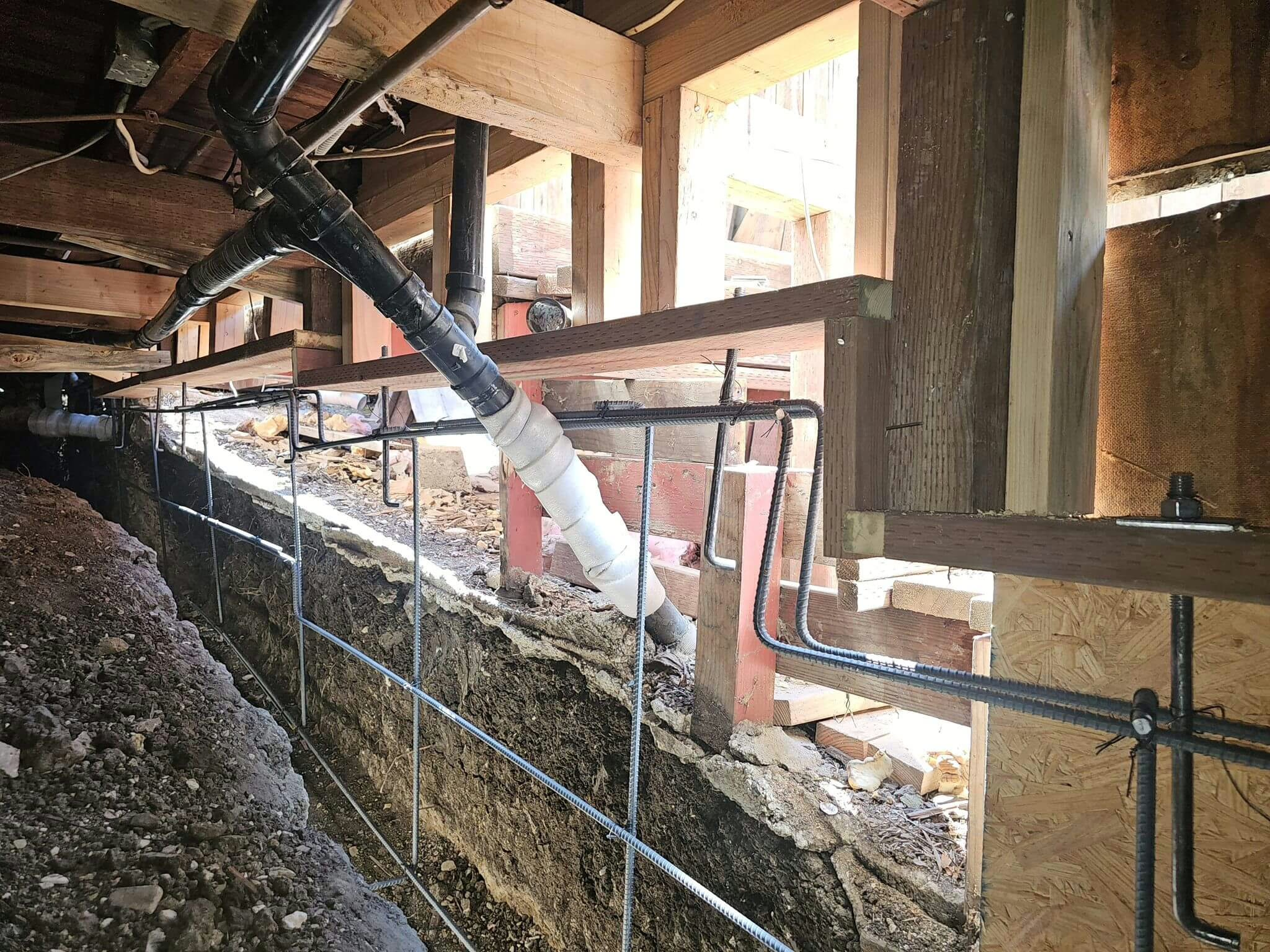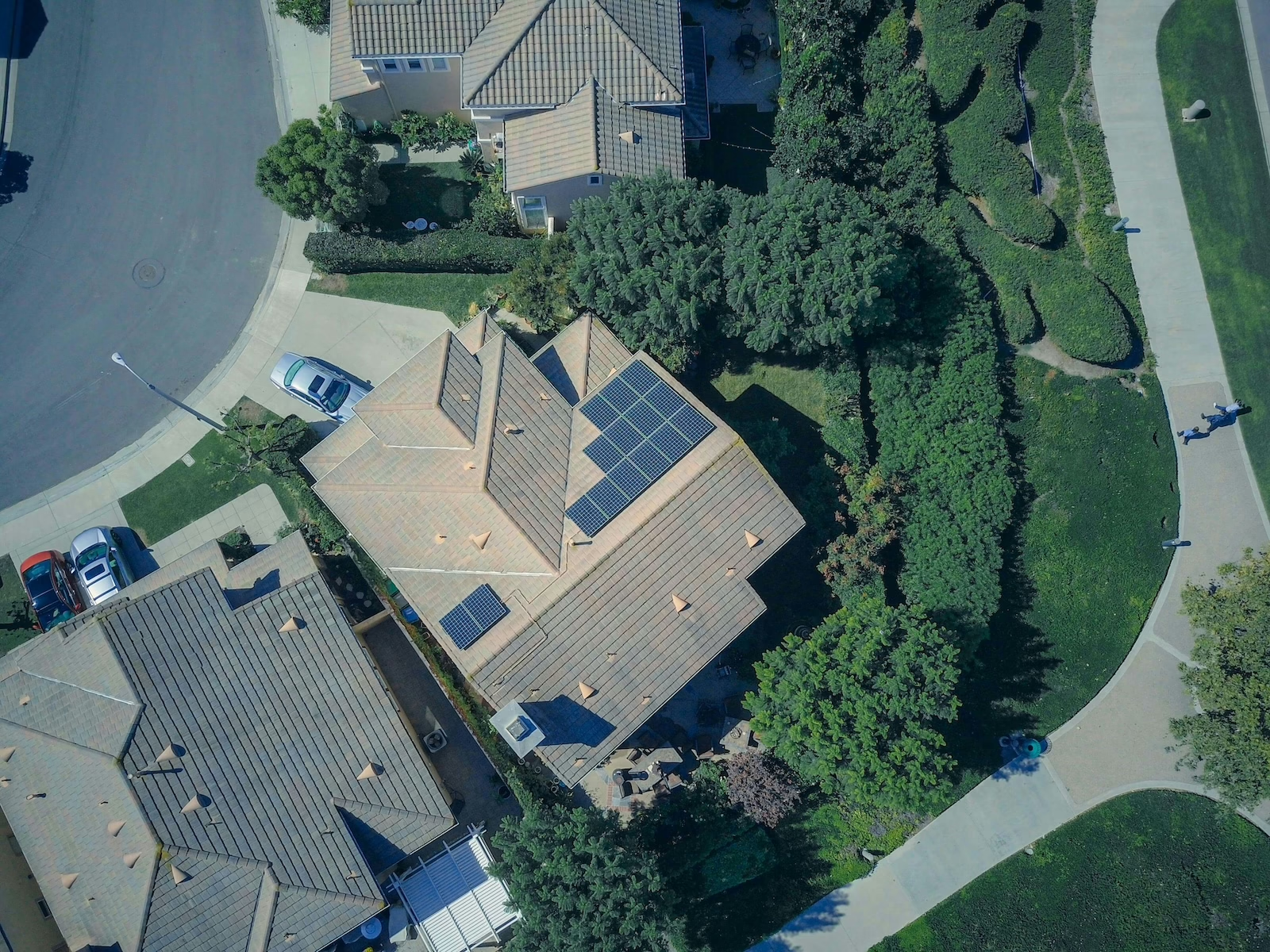Why Foundation Problems Matter – let’s find out
Foundation is the most important part for any house. It’s what keeps the house standing and stable. In Los Angeles, Long Beach, Pasadena, where seismic activity is frequent, maintaining a good quality foundation is important to keep the house and your family safe, as well as make sure that it won’t loose the value because of issues. Foundation issues can affect the entire house, from floors to roofs, leading to costly repairs, safety hazards, and declining home value. By understanding the signs of foundation issues early and knowing how to fix them, homeowners can prevent small issues from escalating into major problems.
In this comprehensive guide, we’ll walk you through the seven most common foundation issues encountered by homeowners in California and beyond, explain what causes them, and explore effective repair methods for each. Whether you’re dealing with hairline cracks or severe structural shifts, this article provides practical insight to help you make informed decisions about protecting your home.
1. Foundation Cracks
Symptoms: Foundation problems symptoms are visible horizontal, vertical, diagonal, or stair-step cracks in drywall, brickwork, floors, or exterior walls.
Causes: Cracks in the foundation can result from natural soil settlement, seismic activity, hydrostatic pressure, poor construction practices, or changes in moisture levels due to plumbing leaks or weather patterns. In earthquake-prone areas like LA, tremors can shift the structure and introduce stress fractures.
Fix:
Hairline Cracks (non-structural): Often cosmetic and treatable with epoxy or polyurethane injections that seal the crack and prevent water intrusion.
Wider or Structural Cracks: May require underpinning or foundation piering to stabilize shifting soils and restore support.
Long-Term Solution: Soil stabilization and improved drainage help prevent recurring cracks. Professional inspection is essential to determine severity.
Explore Our Foundation Crack Repair Services in Los Angeles
2. Uneven or Sagging Floors
Symptoms: Foundation problems symptoms can be a noticeable slope across rooms, dipping areas, or squeaking when walking.
Causes: Floors may sag or become uneven due to soil erosion beneath the foundation, rotting support beams in crawlspaces, or inadequate footings. Water intrusion and poor structural design can also contribute.
Fix:
Pier and Beam Adjustment: Reinforcing or replacing joists and beams in crawlspace foundations.
Foundation Leveling: Using steel push piers or helical piers to re-stabilize the home.
Slab Foundations: May require mudjacking or slabjacking to lift sunken concrete.
Moisture Management: Install vapor barriers, sump pumps, or drainage improvements to maintain soil stability.

3. Doors and Windows Sticking
Symptoms: Foundation problems symptoms can be difficulty opening or closing doors and windows; cracks forming near frames; gaps visible at the top or bottom of doors.
Causes: As foundations shift, the alignment of walls and frames changes, making doors and windows misaligned. Settling, moisture fluctuations, or structural weakening can lead to this issue.
Fix:
Relevel Foundation: Install piers or adjust supports.
Shimming Frames: Temporary relief through shimming, but not a structural fix.
Structural Reinforcement: For recurring problems, consult a foundation expert to evaluate substructure stability.
Contact Us for Professional Structural Reinforcement Services
4. Gaps Around Window Frames or Exterior Doors
Symptoms: Foundation problems symptoms are visible separation between window/door frames and the walls, or drafts and light showing through gaps.
Causes: Drying or shrinking soil (especially clay), seismic activity, or age-related structural wear can create shifts in the foundation that cause misalignment.
Fix:
Caulking and Sealing: Short-term fixes to prevent air and water infiltration.
Foundation Repair: Helical piers or slab leveling to restore proper alignment.
Reinstalling or Reframing: Necessary for aesthetic correction after structural adjustments.
5. Water in the Basement or Crawlspace
Symptoms: Puddles, moisture, musty odors, visible mold, and warped wood.
Causes: Water intrusion is often due to poor drainage around the foundation, gutter issues, high water tables, or cracks in the basement floor or walls.
Fix:
Exterior Grading: Ensure soil slopes away from the house.
French Drains & Sump Pumps: Redirect and remove water before it can enter.
Foundation Waterproofing: Interior or exterior sealants and vapor barriers.
Crack Repair: Address sources of leakage through structural sealing.
6. Bowing or Leaning Walls
Symptoms: Inward-bulging walls in basements or crawlspaces, often accompanied by cracks.
Causes: Pressure from saturated soil, hydrostatic pressure, or seismic forces can push against foundation walls. Older homes with unreinforced masonry are especially vulnerable.
Fix:
Wall Anchors or Plates: Pull bowing walls back into place and secure them.
Carbon Fiber Reinforcement: Strong, non-invasive solution for minor bowing.
Rebuilding: In severe cases, replacing entire sections of foundation walls may be necessary.
Address Water Issues: Managing outside drainage is crucial to preventing recurrence.
Find Out About Our Wall Reinforcement Solutions
7. Seismic Damage
Symptoms: Visible cracking or tilting after an earthquake, loosening of connections between home and foundation.
Causes: Earthquakes shift the ground beneath a home, compromising structural stability. Homes not properly bolted to their foundations are particularly at risk.
Fix:
Seismic Retrofitting: Includes bolting the frame to the foundation, bracing cripple walls, and adding shear panels.
Reinforcement of Load-Bearing Walls: Ensures the structure can withstand lateral movement.
City Permits and Compliance: Work must meet Los Angeles seismic retrofit codes.
Learn About the Earthquake Brace + Bolt Grant Program to reduce seismic retrofit costs.
Prevention Tips for Homeowners
Conduct Regular Inspections: Annually or after seismic activity.
Maintain Consistent Moisture Levels: Avoid letting the soil dry out excessively or become overly saturated.
Install Proper Drainage: Gutters, downspouts, and French drains are essential.
Hire Licensed Contractors: For both inspections and repairs. DIY fixes can often mask rather than resolve issues.
Conclusion: Protect Your Investment
Foundation problems are more than just a nuisance—they’re a warning sign of deeper structural issues that can jeopardize your safety and investment. While many signs may seem small at first, issues like cracks, uneven floors, and bowing walls can worsen over time. Especially in regions like Los Angeles where earthquakes and variable soils are common, foundation inspections and timely repairs are essential.
Golden Retrofit & Foundation Repair offers expert diagnostics and long-term solutions customized for California homes. Whether you need a minor crack repair or full-scale seismic retrofitting, we provide licensed, trusted support to ensure your foundation is as strong as the rest of your home.
Schedule Your Foundation Inspection Today!
Read California’s Seismic Building Codes for compliance guidelines.




